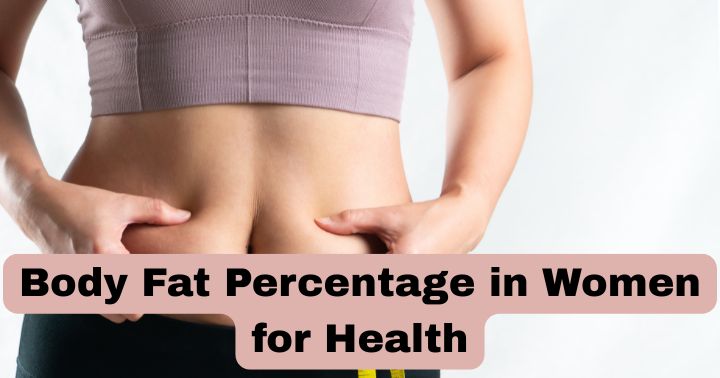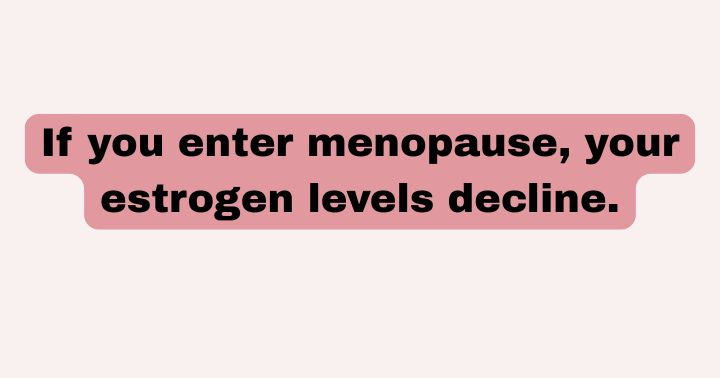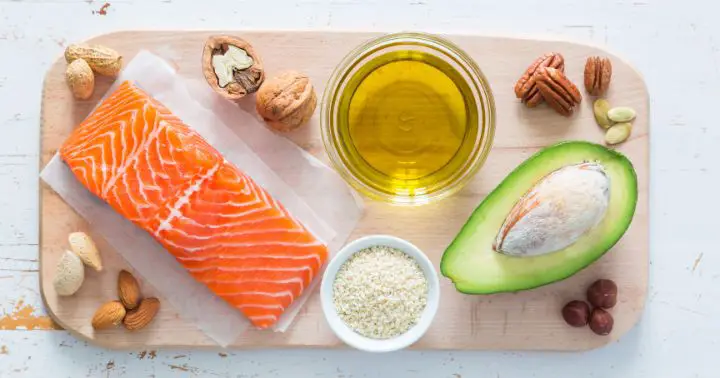
Doctors and fitness professionals often use body fat percentage in women to mean the percentage of fat, bone, and muscle. Generally, your doctor will use it to get an overview of your physical health and fitness.
It’s also used to learn more about your health status and nutrition. Plus, it helps keep track of your fat loss program and muscle gain regimen.
BMI and Body Fat Percentage
They’re two different things. Body mass index (BMI) doesn’t distinguish between fat, muscle, or bone. Body fat percentage can give you a picture of your body composition.
As a woman, it’s vital to maintain the right body fat level. You can’t go too low or too high. The reason for this is that fat influences hormonal balance. It’s also vital in your reproductive health.
Men’s and Women’s Body Fats
Women carry more body fat compared to men because of physiological differences. Keep in mind that body fat is required during pregnancy and lactation.
However, the fat that your body needs is essential. It’s vital for your basic bodily functions.
How much do you need? It can range from 10% to 13%. Men, on the other hand, only require 2% to 5%.
If you go beyond that, it’ll be stored fat. Storage fat found in adipose tissue serves as an energy reserve. It provides insulation and cushioning.
What is a Healthy Body Fat Percentage for a Woman?
According to the American Council on Exercise, 14% to 20% of the body is normal for athletes. If you’re in fitness, 21% to 24% body fat is normal.
It’s still normal if your body fat percentage is between 25% and 31%. However, if you go above 32%, you’re considered obese.
Then again, these ranges can vary slightly depending on your age, genetics, and activity level.
You should aim for a healthy body fat percentage as it supports hormonal regulation. This is particularly true in estrogen production. Keep in mind that the fat tissue produces estrogen.
If you have little body fat, though, you may suffer from menstrual cycle issues. It can lead to amenorrhea. It’s a condition related to reduced bone density and increased fracture risk.
That’s why many female athletes with body fat that’s below 17% or 20%, experience the female athlete triad. It includes disordered eating, amenorrhea, and osteoporosis.
However, if you have excessive high body fat especially visceral fat around the organs, it increases your risk of suffering from type 2 diabetes, heart disease, hypertension, and other metabolic disorders.
Furthermore, if you have a body fat percentage exceeding 35%, then you’re more prone to insulin resistance and inflammation. Keep in mind that these are precursors to chronic illness.
Age and Body Fat Percentage

Age plays a vital role in gaining body fat.
If you enter menopause, though, your estrogen levels decline. As a result, fat distribution will be affected. It shifts from the hips and thighs to the abdomen.
That’s why many menopausal women experience visceral fat. It happens even if your total body fat percentage is stable.
The shift, however, increases your risk of suffering from a cardiovascular condition. For that reason, you need to regularly monitor your fat composition.
How to Measure Body Fat Percentage?
There are various ways to do it.
One is the skinfold caliper. DEXA scan is a more advanced technique. You may also use bioelectrical impedance.
The accuracy of these methods vary. However, when it comes to body fat percentage, consistency matters a lot more than precision.
It’s also vital to consider your lifestyle. Remember that diet, strength training, and cardiovascular exercise influence your body fat levels.
What Percentage of Fat Must a Healthy Woman Have?
It depends on various factors, including age, activity level, and physiology. However, it falls in a range that supports essential bodily functions while avoiding health risks.
Women require higher body fat levels compared to men. That’s because of the reproductive and hormonal demands.
Body fat percentage reflects the proportion of fat mass to total body weight. It may offer a clearer health indicator than weight alone.
It’s vital to understand what a “healthy” range means to maintain well-being without chasing unrealistic standards.
Essential fat is necessary for survival. It comprises 10% to 13% of a woman’s body weight. It includes fat in organs, bone marrow, nerves, and reserves required during pregnancy and breastfeeding.
If your body fat falls below this level, your bodily functions will be affected. For instance, hormonal production will drop. Your menstruation may stop.
Furthermore, you may be at risk of osteoporosis.

Then, if your body fat is below 15%, you may face disruptions in estrogen levels. It can weaken your bones over time.
In addition to essential fat, storage fat provides energy, insulation, and protection.
Maintaining a healthy body fat percentage needs balance. Strength training can help build muscle. It also raises your metabolism while keeping your fat in check.
Cardio, on the other hand, burns excess calorie. You should eat food high in protein, healthy fats, and whole carbs. They can support this balance.
You should never follow crash dieting as it can only backfire. It slashes muscle along with fat. It also slows down your metabolism.
Is Body Fat Percentage a Good Indicator of Health?
Determining the percentage of fat a healthy woman must have may involve looking beyond the ranges. Body fat isn’t just a static number. Rather, it’s a dynamic component of a woman’s health.
It influences everything from mental clarity to immune function. Although essential fat is non-negotiable for survival, excess fat can carry a purpose that varies by life stage and personal goals.
For your body to be healthy, your body fat must support your metabolic flexibility. This is your ability to switch between burning fat and carbs more efficiently.
It typically requires a baseline above the bare minimum of essential fat between 10% and 13%.
Research suggests that women require at least 17% to 20% body fat to maintain stable blood sugar and lipid profiles. This can protect you against fatigue and cardiovascular strain.
This is a threshold that ensures fat-soluble vitamins are stored and absorbed adequately. It also bolsters immunity and skin health.
Insufficient fat can lower leptin. This is a hormone tied to ovulation. If you have low body fat, it may potentially delay conception.
For non-pregnant women, a slightly lower percentage might be enough. But don’t go below 18%.
One of the symptoms is hair loss. You may also experience cold intolerance. This is your body’s way to tell you that it’s under stress.
It’s also important to note that your mental health is tied to your body fat. Fat tissue, for one, contributes to serotonin regulation. If it’s excessively low, like below 15% to 17%, it can cause anxiety and mood instability.
On the other hand, if you have too much fat, it can increase your cortisol production. It also exacerbates your stress and sleep issues.
The sweet spot is between 20% and 30%. It supports brain function without overburdening your system. This range aligns with evidence from fitness communities.
Another factor to consider is your activity level. If you follow a sedentary lifestyle, you may need less fat. This can help in avoiding metabolic slowdown.
However, if you’re an endurance athlete, you might need between 18% and 22% body fat to optimize your performance without affecting your stamina.
On the other hand, if you’re strength-focused, you might thrive between 20% and 26% body fat. With this body fat percentage, it balances muscle gains with adequate fat for recovery.
Another factor that plays a vital part in finding whether your body fat percentage is healthy or not is the climate. If you live in colder regions, you need more fat for insulation. That’s why you should stay within 26% and 32% body fat.
However, women in warmer climates could lean toward 20-25%.
Then again, cultural diet can shift these norms without compromising health. For instance, the Mediterranean focuses on high-fat yet healthy food.
Body Fat and Vitality
A healthy woman’s body fat percentage depends on what sustains her vitality.
For many, 20-28% body fat is a practical target. It ensures physical resilience. It also helps in mental clarity and reproductive readiness.
It’s important to note that finding a healthy body fat percentage is not about hitting a universal number. Rather, it’s about finding a personal balance.
You should also consider keeping health at the forefront and not about aesthetics.
Speak Now ... Or Forever Hold Your Peace